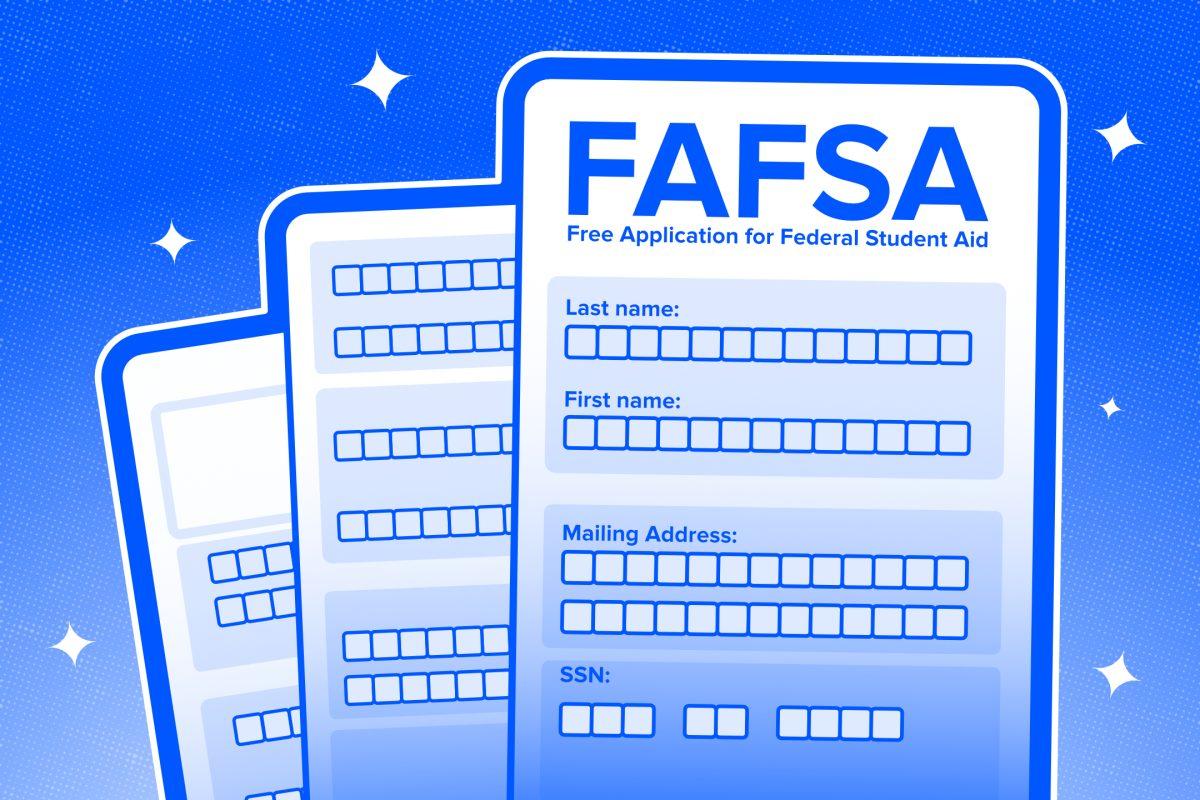Major structural changes to the Free Application for Federal Student Aid (FAFSA) were introduced in the coronavirus relief bill passed by Congress in December 2020. The proposed modifications theoretically shorten and simplify the FAFSA for college students, but are not expected to take place until the 2023-2024 academic year.
Krista Ringler, the associate vice provost and director of scholarships and financial aid, believes these changes will make the FAFSA easier to complete. The current application asks 108 questions, the vast majority of which only apply to 1% of students. The bill shortens the famously long form to around 36 questions to encourage college students who do not currently apply for FAFSA to start.
The change in FAFSA’s wording is a defining part of this bill. When a student applies to FAFSA, they receive a number currently called “expected family contribution,” or EFC. This is the number FAFSA calculates after receiving information about the applicant’s family, tax information, income, etc. Ringler says that students may become stressed after receiving their EFC, even for a number that seems high, like $5,000, which is actually a low EFC.
“Those words ‘Expected Family Contribution’ communicate something that that number is not,” Ringler said. “It is rare that a student would actually have to pay what their expected family contribution is. All it is is a number that institutions use to derive eligibility for aid.”
One of the key structural changes introduced in the bill is the formula that determines the student aid index. It will be hard to immediately see the results of those changes, but Ringler says the formula drastically changes how it calculates student aid for a student with other siblings in college.
“So families who, let’s say, have twins in college in 2023… they may see a difference in their EFC or student aid index, even if their income changes not at all,” Ringler said. “It’s difficult to estimate that until the formula has actually been completely embedded.”
The bill also simplifies the formula that determines who is eligible for Pell Grants, which are federal funds dedicated for low-income students. Currently, the Pell Grant requires you apply to FAFSA beforehand, and with the EFC and your income, you can get an estimate for how much grant money a student would receive based on the current table.
Michelle Thomas, the counseling team supervisor for scholarships and financial aid, says that the FAFSA changes will come with a “lookup table” that requires a student to know only their income and family size, making planning for college an easier process for more financially vulnerable students.
“My message, always, to [unsure students and families] has been ‘don’t not apply because you think it’s too expensive’,” Thompson said. “Open all of your doors. Go ahead and apply, get the financial aid package, see what it looks like. If you have to say no because you can’t afford it, at least then you’ve got all of the information on the table.”
Though the timing and placement for such changes to the FAFSA may seem strange, especially in a bill geared toward stimulus packages for economic recovery, all the pieces were in place for improvements regarding financial aid delegation.
Still, these changes were pushed for a long time, by lobbying from the financial aid community and from political advocates in Congress.
“All of this, although it seems to have happened quickly, did not happen quickly,” Thompson said. “It just happened now because the time was prime with a lame-duck session.”
College freshman and sophomores, as well as current and future high school students, can look forward to completing a shorter FAFSA. In the meantime, both Ringler and Thompson highly encourage NC State students to complete and submit the FAFSA before the March 1 priority deadline.








